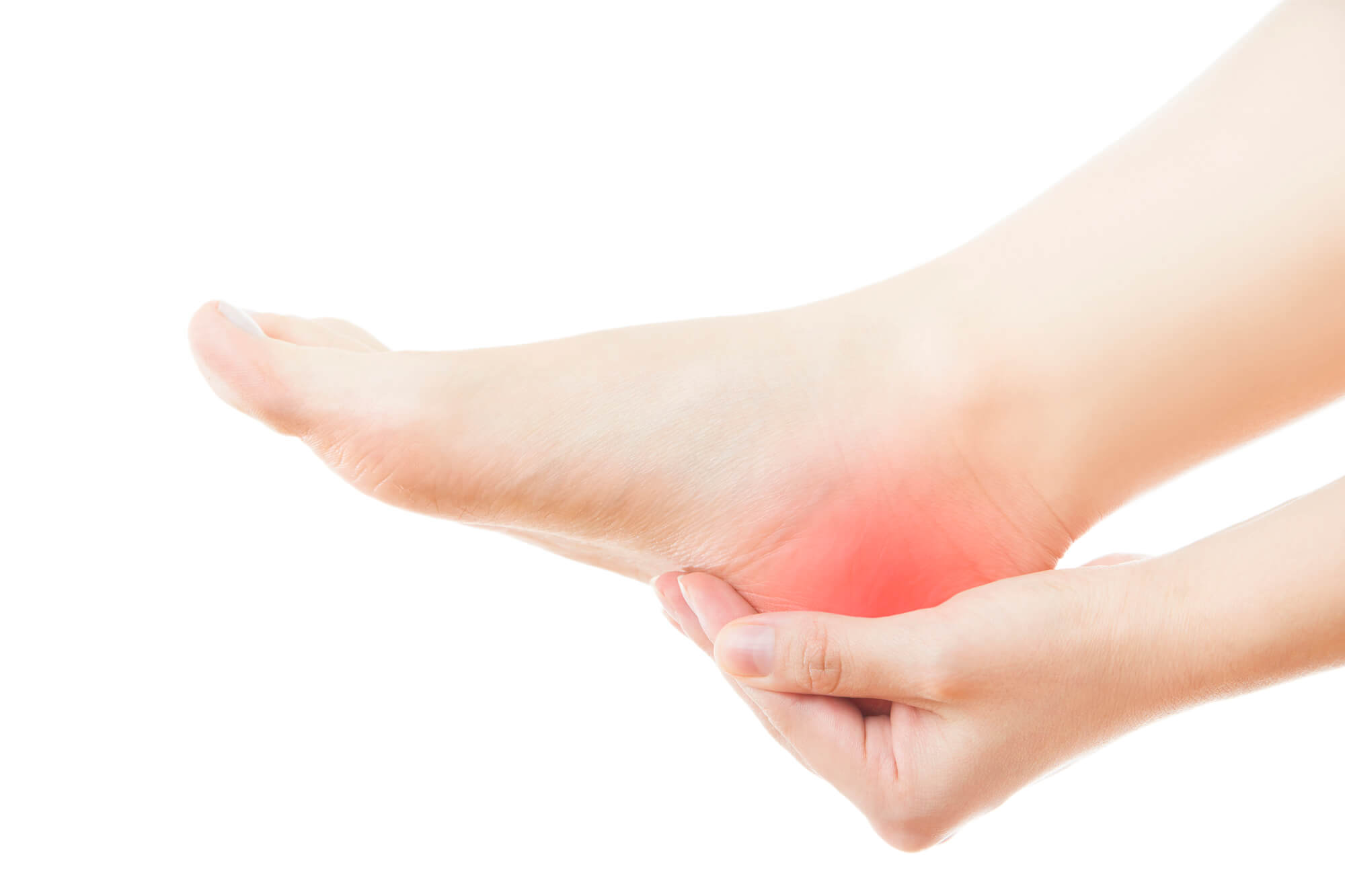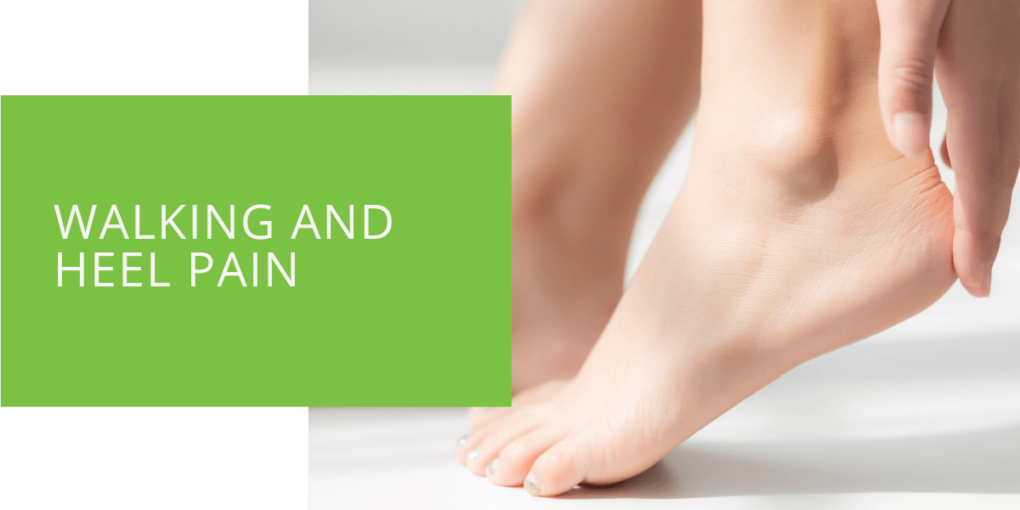Walking and Heel Pain
Walking is a simple and effective exercise that offers numerous health benefits, including improved cardiovascular health, increased muscle strength, and weight loss. However, for some walkers, the activity can also lead to heel pain, which can be frustrating and debilitating. This article will explore the causes of heel pain in walkers, treatment options, and ways to prevent it.
Causes of Heel Pain
Several factors can contribute to heel pain in walkers. Some of the most common causes include:
- Plantar fasciitis: This condition is characterized by inflammation of the plantar fascia, the connective tissue that runs along the bottom of the foot. It's often caused by overuse, such as walking long distances or wearing shoes with insufficient support.
- Heel spurs: These are bony growths that can develop on the heel bone and can cause pain when walking. They're often the result of plantar fasciitis or other foot conditions.
- Overpronation or flat feet: If your feet roll inward excessively when you walk (overpronation), it can put added stress on the heels and cause pain. Flat feet or feet that lack an arch can also contribute to heel pain.
- Tight calf muscles: Tight calf muscles can cause the foot to overpronate, leading to heel pain.
- Wearing improper footwear: Shoes that don't offer enough support or cushioning can also cause heel pain in walkers.

Treatment Options
If you're experiencing heel pain while walking, several treatment options are available. Here are a few non-surgical and surgical options to consider:
Non-surgical treatments
- Stretching exercises: Stretching the plantar fascia and calf muscles can help reduce heel pain. Your podiatrist (a medical professional specialising in diagnosing and treating foot and ankle conditions) can recommend specific stretches to try.
- Orthotic inserts: These inserts, purchased at a pharmacy or ordered online, are designed to provide extra support and cushioning to the heel. They can be especially helpful for those with flat feet or overpronation.
- Ice and heat therapy: Applying ice to the heel can help reduce inflammation, while heat can help relax tight muscles.
- Rest and reduced activity: Taking a break from walking or other activities that strain the heel can give it time to heal.
Surgical treatments
In some cases, surgical treatment may be necessary to address heel pain. Options include:
- Plantar fascia release surgery: This procedure involves making an incision in the plantar fascia to relieve tension and reduce inflammation.
- Heel spur removal surgery: If a heel spur is causing pain, it may be necessary to remove it surgically.

Prevention
There are several steps you can take to prevent heel pain while walking:
- Wear properly fitting and supportive shoes: Shoes that offer good arch support and cushioning can help reduce the strain on the heels. Be sure to replace your shoes regularly, as the support and cushioning can wear down over time.
- Stretch before and after walks: Stretching the plantar fascia and calf muscles before and after walks can help prevent heel pain.
- Gradually increase the distance and intensity of your walks: If you're starting a walking program, it's important to gradually increase the distance and intensity of your walks to allow your body to adjust.
- Maintain a healthy weight: Carrying excess weight puts added strain on the heels, so maintaining a healthy weight can help prevent heel pain.
Conclusion
Heel pain can be frustrating and painful for walkers, but it's important to remember that treatment options are available. Non-surgical options such as stretching exercises, orthotic inserts, and ice and heat therapy can effectively relieve pain and reduce inflammation. In more severe cases, surgical treatment may be necessary. To prevent heel pain from occurring in the first place, it's important to wear properly fitting and supportive shoes, stretch before and after walks, gradually increase the distance and intensity of your walks, and maintain a healthy weight.
If you're experiencing heel pain while walking, you should consult with a podiatrist to determine the best treatment for your individual needs. So, it is always good to consult a podiatrist if you face heel pain while walking.
FAQ
Can I go walking with heel pain?
It's generally not recommended to continue walking if you're experiencing heel pain. Continuing to put pressure on the heel can worsen the condition and make it harder to heal. It's best to take a break from walking or other activities that strain the heel and give it time to rest and recover. However, if your heel pain is mild and doesn't interfere with your daily activities, it may be okay to continue walking with some caution and modification. For example, you may want to try walking shorter distances or on flat, even surfaces. It's always a good idea to consult with a podiatrist if you're unsure whether it's safe to continue walking with heel pain.
What can I do for heel pain when walking?
There are several things you can try to alleviate heel pain when walking:
- Wear properly fitting and supportive shoes: Shoes that offer good arch support and cushioning can help reduce the strain on the heels.
- Stretch before and after walks: Stretching the plantar fascia and calf muscles before and after walks can help prevent heel pain.
- Apply ice and heat therapy: Applying ice to the heel can help reduce inflammation, while heat can help relax tight muscles.
- Take over-the-counter pain medication: Non-steroidal anti-inflammatory drugs (NSAIDs) such as ibuprofen can help reduce pain and inflammation.
- Consult with a podiatrist: A medical professional specialising in diagnosing and treating foot and ankle conditions can assess your heel pain and recommend specific treatment options.
How do you walk with heel pain?
If you're experiencing heel pain while walking, it's important to modify your stride to reduce the strain on the heel. Here are a few tips for walking with heel pain:
- Walk on flat, even surfaces: Avoid walking on uneven or hilly terrain, which can strain the heel.
- Use a cane or crutch: Using support can help reduce the weight on the heel and alleviate pain.
- Walk with a shorter stride: Taking shorter steps can help reduce the impact on the heel.
- Wear shoes with good arch support and cushioning: Proper footwear can help reduce the strain on the heel.
How long should I rest a sore heel?
The amount of rest needed for a sore heel will depend on the severity of the pain and the underlying cause. Generally, giving the heel time to rest and recover before returning to normal activity is important. This may mean taking a break from walking or other activities that strain the heel. If your heel pain is mild and doesn't interfere with your daily activities, it may be okay to continue walking with some caution and modification. However, if your heel pain is severe or doesn't improve with rest and self-care, it's a good idea to consult with a podiatrist. They can assess your heel pain and recommend a specific course of treatment.
How long does it take for heel pain to go away?
The length of time it takes for heel pain to go away will depend on the severity of the pain and the underlying cause. In general, mild heel pain may resolve independently with rest and self-care measures such as stretching, icing, and wearing proper footwear. More severe heel pain may require more aggressive treatment, such as orthotic inserts or surgery. It's always a good idea to consult with a podiatrist if you're experiencing heel pain that doesn't improve with self-care measures or if the pain is severe or persistent.
A podiatrist can diagnose the cause of your heel pain and recommend the most appropriate treatment plan, which may help to speed up the recovery process. In some cases, heel pain may take a few weeks or months to resolve completely, while in others, it may take longer. The key is to follow your podiatrist's treatment recommendations and to be patient, as it may take time for the pain to resolve fully.

